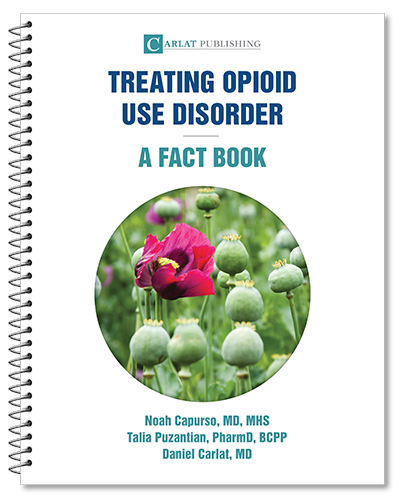Synthetic THC and Antihypertensive Provide Little Benefit for Cannabis Dependence
Dr. Moore has disclosed that he has no relevant financial or other interests in any commercial companies pertaining to this educational activity.
Subject:
(Frances L et al, Drug and Alcohol Dependence, 2016;159:53–60)
Background:
Second only to alcohol, marijuana is the most common reason people enter substance abuse treatment. And unlike alcohol dependence, there are virtually no effective medications available for those addicted to it. It’s not from a lack of trying. A recent review of 14 drug studies for cannabis dependence revealed little benefit from antidepressants, anticonvulsants, or anxiolytics. The only glimmer of hope came from studies using tetrahydrocannabinol-based concoctions, which are effective in some studies that use it as substitution treatment. Researchers from Columbia University set out to test the effectiveness of combining dronabinol, a synthetic form of THC, and lofexidine. Lofexidone is an alpha 2 agonist, structurally similar to clonidine, that is available in the United Kingdom, where it is used both for hypertension and opiate withdrawal symptoms.
One hundred twenty two cannabis-dependent adults were randomized to receive dronabinol and lofexidine or placebo. Patients had used an average of 1.65 grams daily over the past month, which is roughly the equivalent of smoking 2 joints per day—an average joint contains 0.5 g to 1 g of marijuana (Inaba DS, Cohen WE. Uppers, Downers, All Arounders: Physical and Mental Effects of Psychoactive Drugs, 8th ed. Medford, OR: CNS Productions, Inc; 2014). In addition to medications, all patients received weekly cognitive-behavioral therapy (CBT) related to their cannabis use; therapy focused on motivational enhancement and relapse prevention. Medications were gradually increased during the first 2 weeks of the study to an average dose of 55.6 mg/day for dronabinol and 1.28 mg/day for lofexidine. Once a stable dose was reached, patients were followed on the medications for an additional 6 weeks.
After an average of 6 weeks of treatment at a stable dose, there were no differences between groups with regard to abstinence, easing withdrawal symptoms, or the proportion of patients who finished treatment. Overall, half of patients decreased cannabis use by 50% or more. The authors attributed this improvement to CBT, which all subjects received. This is not surprising as CBT has been shown to be effective for cannabis use disorder (Copeland J et al, Journal of Substance Abuse Treatment, 2001;21:55–64).
CATR’s Take: We are no closer to finding a viable pharmacological answer to cannabis dependence. This is concerning since nearly 20 million Americans over the age of 12 used marijuana within the past month. Continuing the search is important, and with time, it’s likely that options will become available. In the meantime, for those patients who want or need to quit, referral for CBT appears to be the best choice.

Newsletters
Please see our Terms and Conditions, Privacy Policy, Subscription Agreement, Use of Cookies, and Hardware/Software Requirements to view our website.
© 2025 Carlat Publishing, LLC and Affiliates, All Rights Reserved.


_-The-Breakthrough-Antipsychotic-That-Could-Change-Everything.jpg?1729528747)



